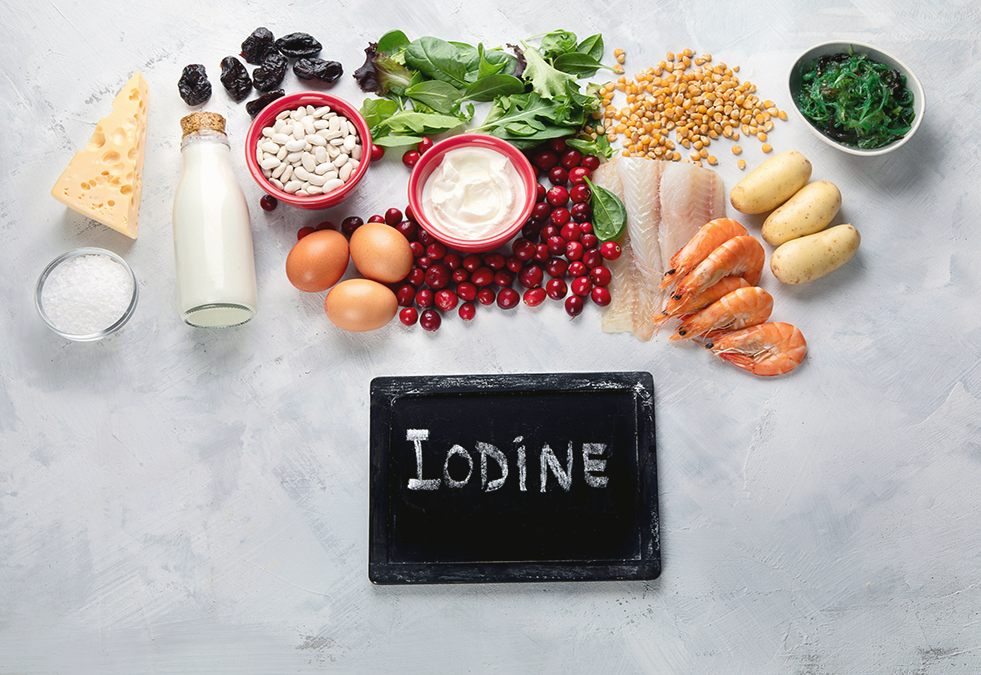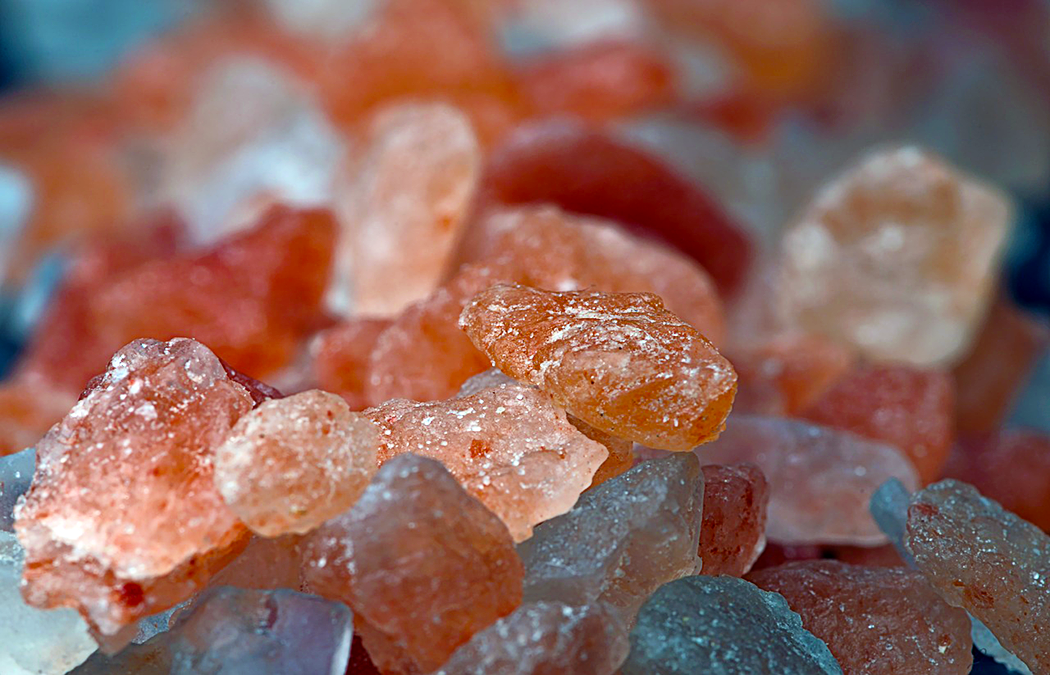NUSTART InSights

Inflammation is a natural process and a healthy physical reaction. After all, it’s a big part of how our body recovers after facing disease or injury. The problem, though, is that many of us deal with chronic inflammation brought about by various inflammation triggers.
This is a huge issue for two reasons:


In recent years, Pink Himalayan salt has enjoyed a surge in popularity, touted as a healthier alternative to common table salt. Its rosy hue and purported health benefits have made it a sought-after seasoning for many dishes. However, as with any trend, it's essential to separate fact from fiction and delve into the true origins and properties of this popular seasoning.
The True Origin of Pink Himalayan Salt
First and foremost, let's address a common misconception: Pink Himalayan salt is not actually from the Himalayan mountains.

What is High Acidity?
The term acidity describes a condition where the body is affected by the excess production of gastric acids. Under normal conditions, hydrochloric acid is secreted by the stomach, aiding in the digestion and breakdown of food.
However, when this normal process is triggered in such a way that it causes overproduction of the acid, it can result in health problems. Acidity can be caused by irregular eating patterns, fad diets, alcohol consumption, stress, smoking, an unhealthy diet, and a sedentary lifestyle. Symptoms can include:

Vitamins and minerals are micronutrients you need in tiny amounts. If you don’t get enough of these, it can lead to a nutrient deficiency. Monitoring the symptoms and taking a home blood test can be done to diagnose a deficiency. If you know you’re deficient in something, it's best to take supplements that can support your health and help you feel your best.
What are Vitamins and Minerals?
Vitamins and minerals are types of micronutrients — something your body needs in tiny amounts. They influence nearly every process in your body and are essential for your health.




